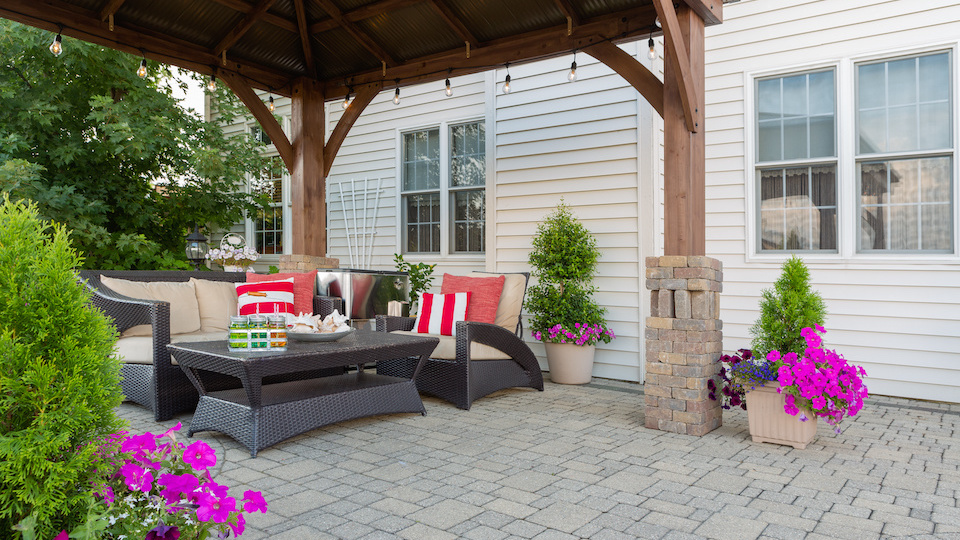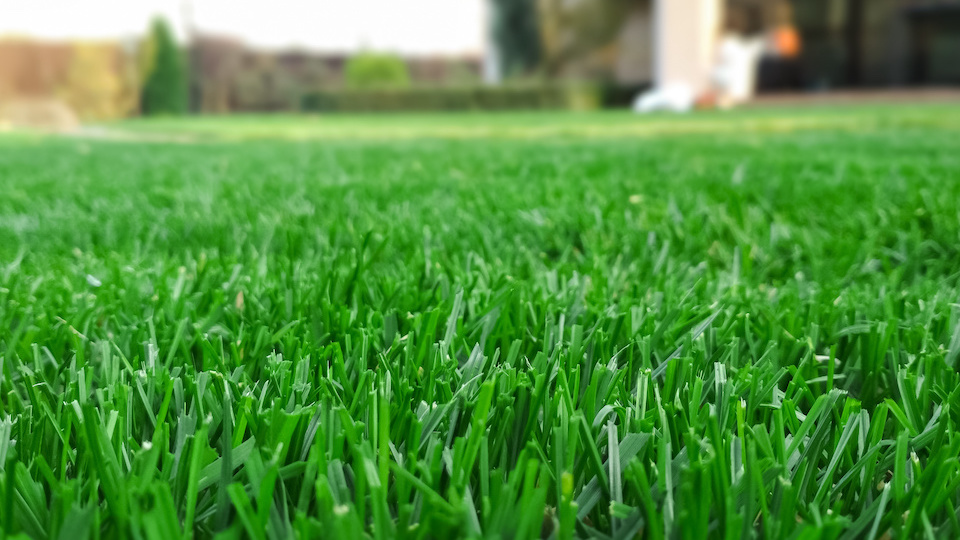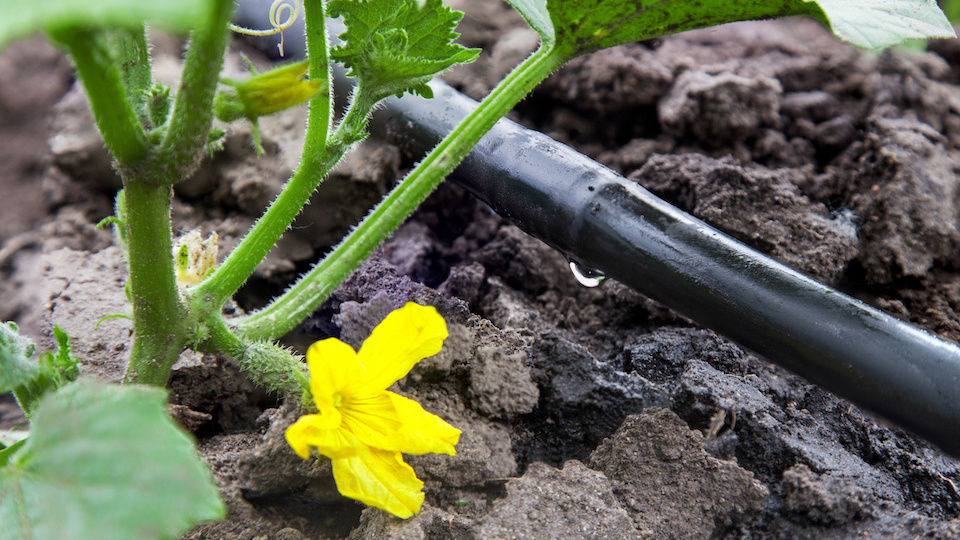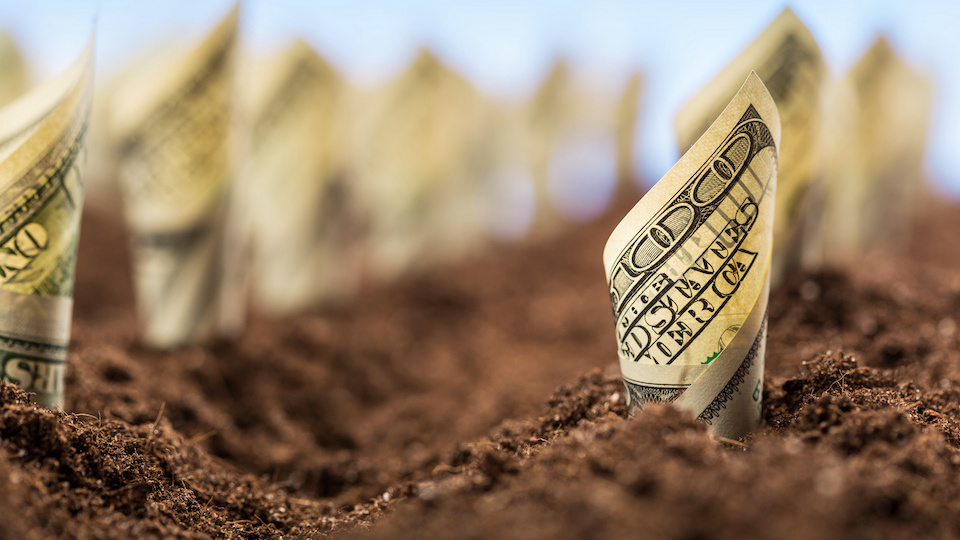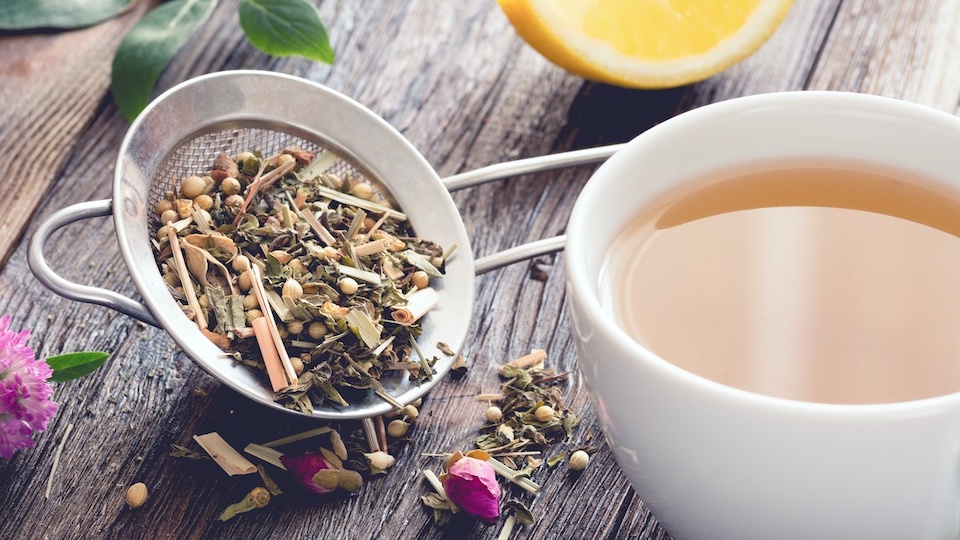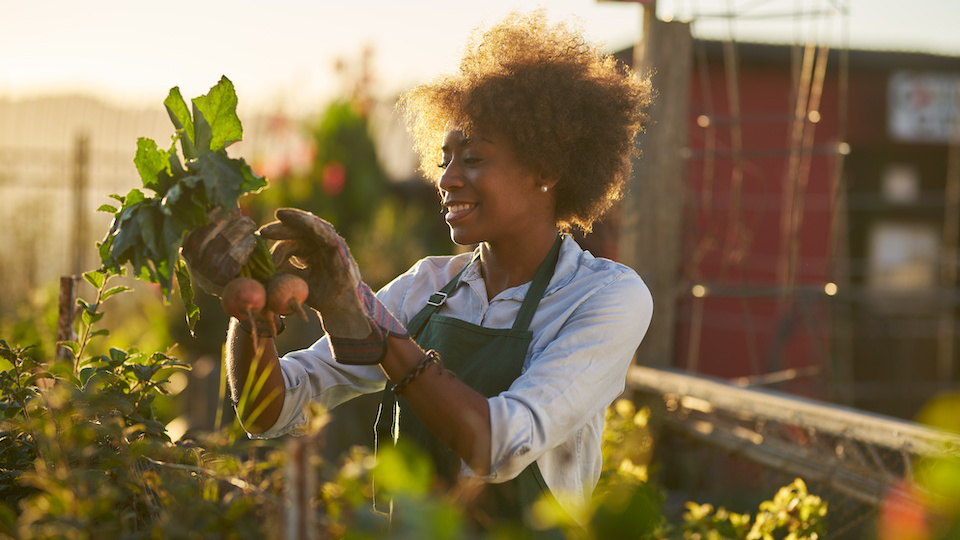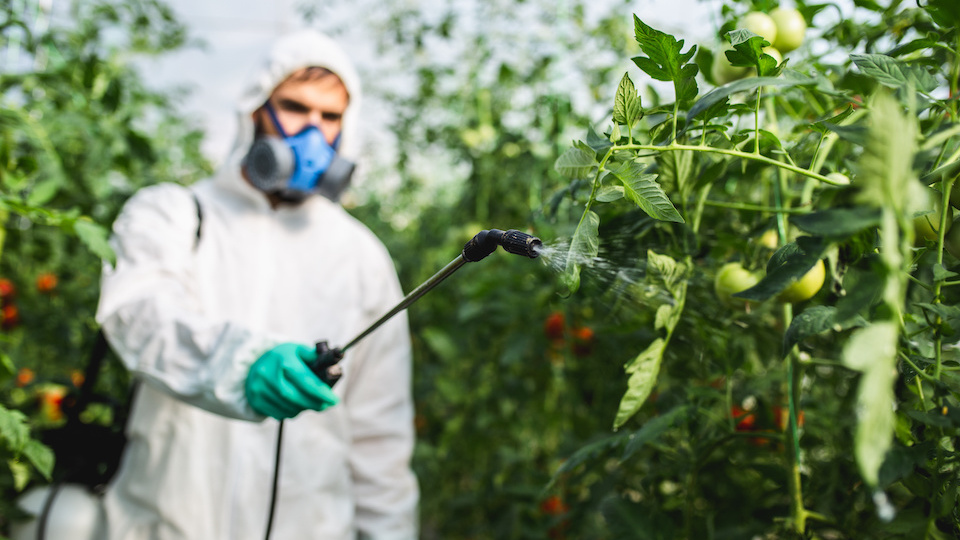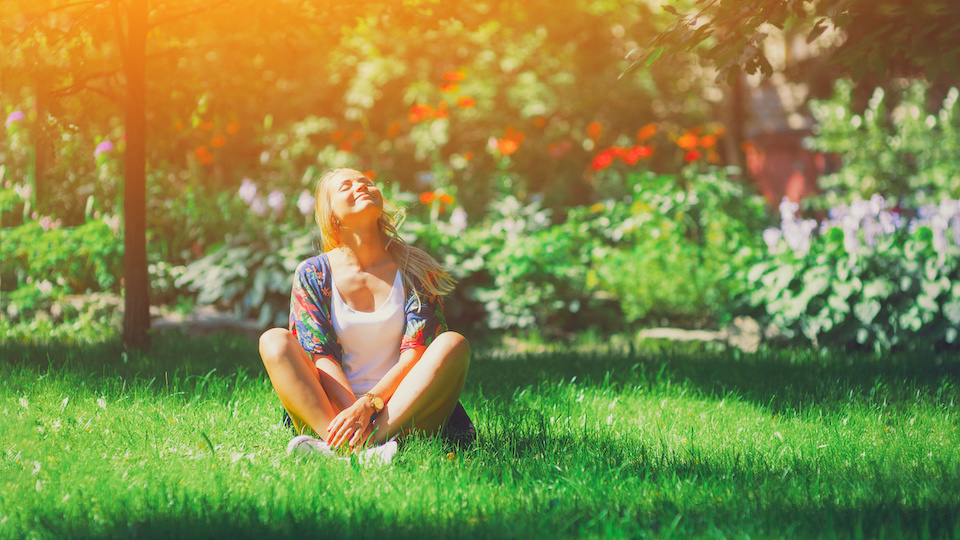9 Backyard Makeover Tips That Won’t Break the Bank
Are you tired of your outdoor living space? Are you ready for something new but don’t have a massive budget to blow? No worries, there are many easy and inexpensive ways that you can breathe new life into your landscape. Transformation is just a few dollars away. With these ideas, you can create a brand new, inviting outdoor oasis!


